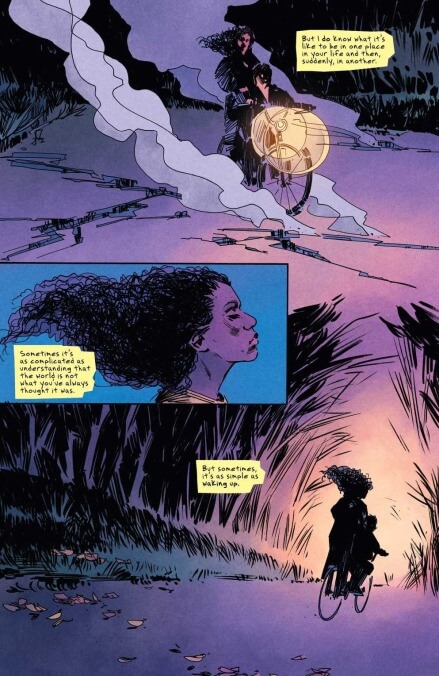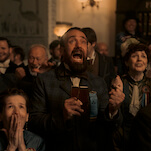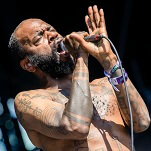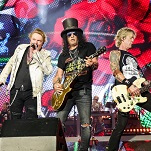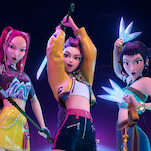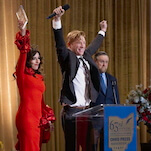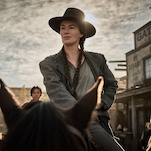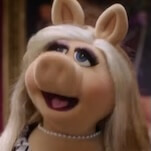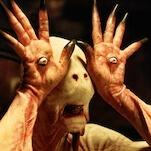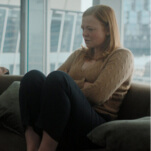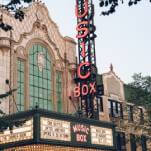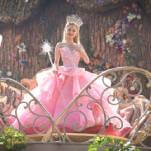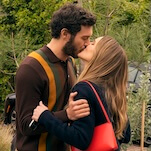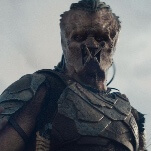Just like Young Animal before it, the Hill House imprint from DC is proving to be a fascinating experiment, fostering comics that aren’t quite like what you find anywhere else. Helmed by Joe Hill of Locke & Key fame, the Hill House books are offering readers a handful of six-issue comics, each one distinct but with a clear overarching theme: horror. While many of the names attached to Hill House projects are comic industry veterans, a number of others are new to the medium. Thanks in no small part to the success of her recent memoir In the Dream House, Carmen Maria Machado’s collaboration with artist Dani has been hotly anticipated by fans. Machado and Dani both may be new to comics from a large publisher, but their experience elsewhere serves them well as they approach a tricky genre with fresh perspective.
Those familiar with Machado’s work will find The Low, Low Woods recognizably immersive, even if they aren’t well-acquainted with comics. The book is firmly rooted in horror tropes, and specifically built on a foundation of horror by—and for—women. The main character and narrator for the first issue, El, references Kate Chopin’s The Awakening frequently, using the early feminist novel as a reference point for what she doesn’t want her life to look like. The Low, Low Woods feels very much in line with this kind of work, and even more so with Shirley Jackson. El’s life is defined by the limitations of her rural hometown, which is dying thanks to coal mines that have caught fire deep underground—and which holds secrets yet to be revealed. There’s a lot of fear rooted in that isolation, and in the strangeness of having subterranean fires. But there’s also the horror that comes with the day-to-day existence of anyone who isn’t male, the fears large and small that come with interacting with men who feel entitled to the bodies of women, but also their time and attention—extracting a long death instead of a quick, violent one. By doing that, Machado links this comic gracefully to a long line of horror like The Awakening and Shirley Jackson’s intimate, terrifying stories of all the ways women can be killed.
There is a queerness to El’s life in every sense of the word. Her small hometown is plagued by natural disasters that tap into very real and immediate fears of climate change and industrial waste, but it also bears a history of women simply (and strangely) forgetting things. This collective, gendered amnesia seems to be treated by most residents as if it’s nothing to worry about, even though it stretches back long into their local history. And there are clear undercurrents of love and lust between women in The Low, Low Woods, which makes those central characters feel that much more vulnerable to the rest of their hometown.
It’s hard to imagine how different this book would feel with another art team at the helm, but Dani and colorist Tamra Bonvillain have knocked it out of the park. The relationship between line work and colors is always important in comics, but given Dani’s sometimes sparse and geometric art, Bonvillain has made a major contribution to the book. The characters are concrete, their movement and blocking is graceful, but without Bonvillain’s careful work they could bleed too easily into each other. Even Steve Wands’ choices as a letterer, leaving the narrative bubbles in sentence case with a font that looks more like handwriting, lends an intimacy and tightness to The Low, Low Woods. Readers are watching a young woman confront a world that has never quite felt safe for her, but is turning into something more overtly dangerous, a descent into a nightmare that doesn’t yet have a shape. Machado, Dani, and Bonvillain have done an excellent job sucking readers in; watching them stick the landing will be a treat.
